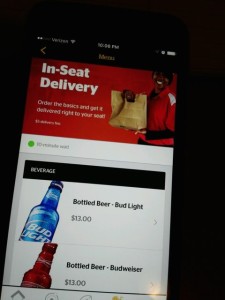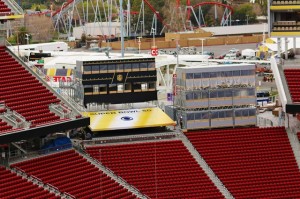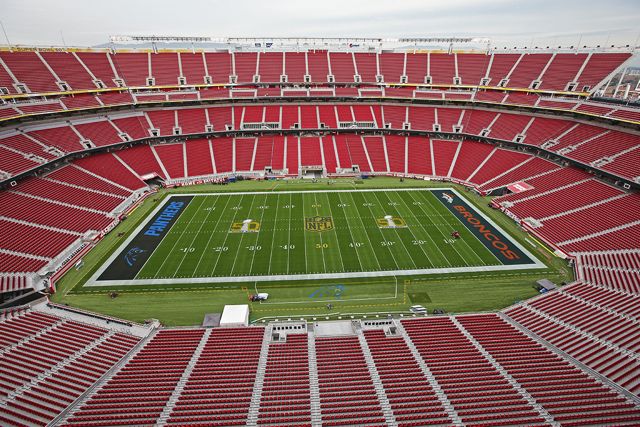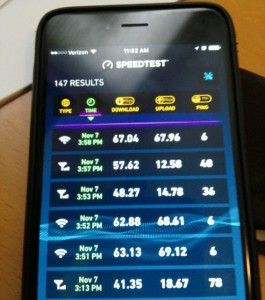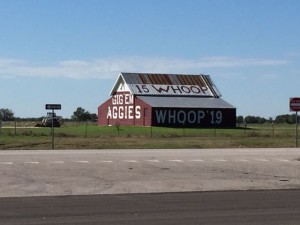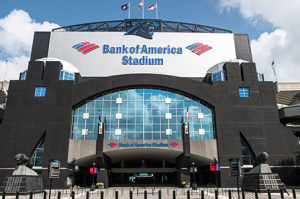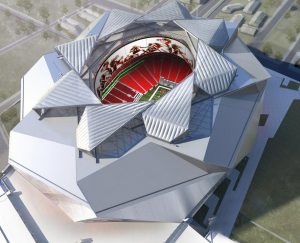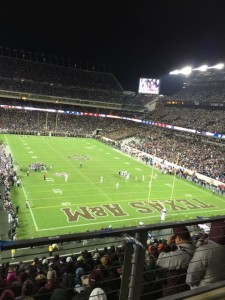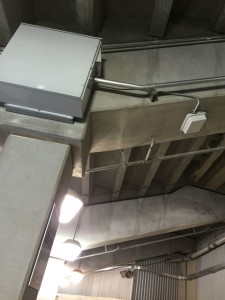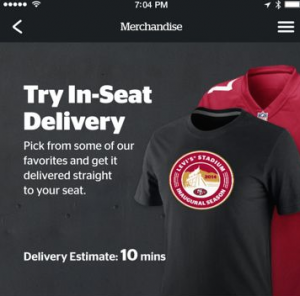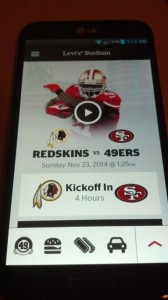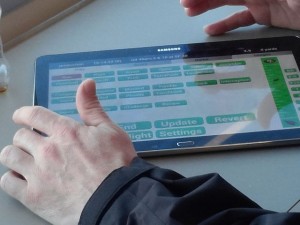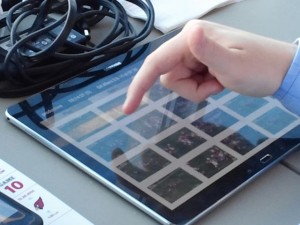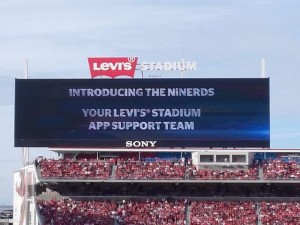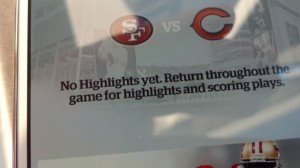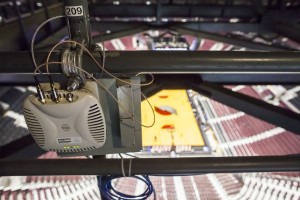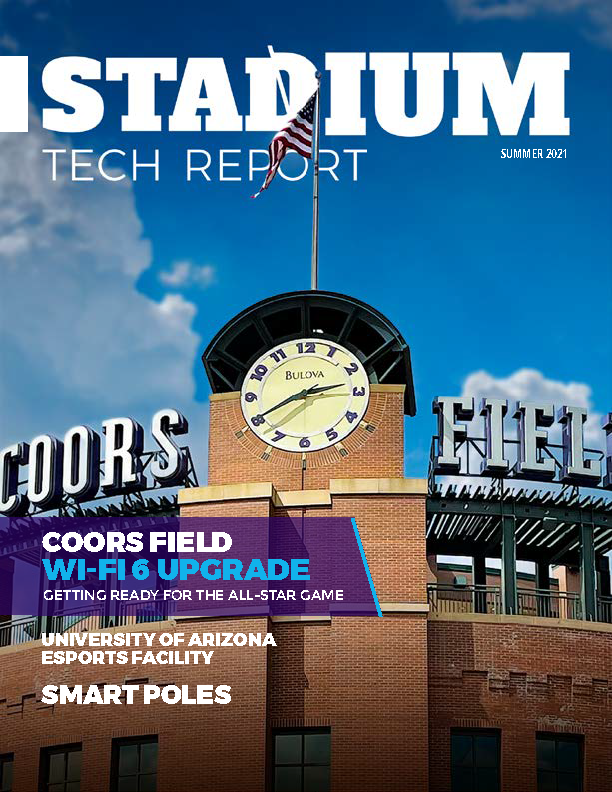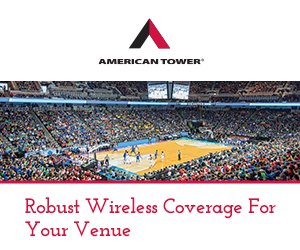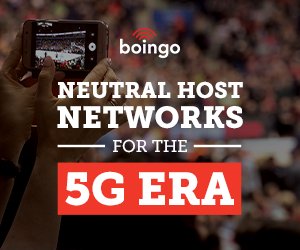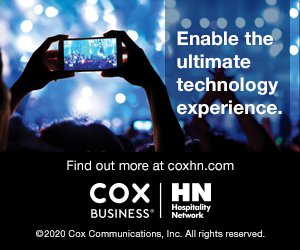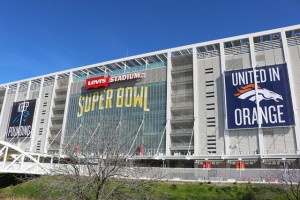
Levi’s Stadium, ready for the Super Bowl. All stadium photos: Levi’s Stadium (click on any photo for a larger image)
In a phone interview with Mobile Sports Report, Guido said the 2-year-old stadium’s vaunted technology underpinnings — especially the wireless connectivity for fans — is ready to go for the NFL’s biggest yearly event, after a second season spent mainly fine-tuning the different components.
“We couldn’t feel more confident, hosting the game,” said Guido, speaking specifically about the technology infrastructure at Levi’s Stadium. As he stated before the regular season began, the Niners didn’t do anything radical to the stadium’s Wi-Fi network, which uses gear from Aruba, an HP Enterprise company, to bring the main wireless bandwidth to fans.
And while the stadium’s distributed antenna system (DAS) got a complete replacement over the summer, the new capabilities including under-seat DAS antennas for Verizon Wireless should only lead to better reception than the year before. According to Guido, representatives from Aruba as well as from “all the carriers” will be on hand Super Sunday just in case anything needs close attention.
“Everybody’s going to be at a high tech [support] level” on game day, Guido said.
No food, but in-seat beverage delivery as part of stadium app
The Super Bowl 50 stadium app, designed for the NFL by the Niners’ in-house app development company VenueNext, will have some but not all of the features Niners fans have available during the regular season. The most obvious omission is the lack of food delivery to all seats, something that makes Levi’s Stadium stand apart from any other large public sporting venue. Instead, the stadium app will only allow fans to order beverages for in-seat delivery, with the option to order food, beverage and merchandise that can be claimed at “express pickup” concession windows.
According to Guido, the decision to only have beverage deliveries at Super Bowl 50 was one reached jointly by the NFL, the Niners and VenueNext, and the catering company for the stadium, Centerplate. Guido said that the potential “amount of education” for all the fans new to the stadium and new to the app led the league, the Niners and the caterers toward a path of greater simplicity, namely just having beverages available for in-seat delivery.
“It was a risk-reward decision about the amount of fan education needed,” Guido said. “There’s so much going on at a Super Bowl and so many people new to the stadium that it didn’t seem worth it to us to risk someone not getting an order delivered because of their error, or our error.” Guido added that with all the extra breaks in action for a Super Bowl, and additional concessions stands, “there’s enough time to get around” to get food.
Michelle McKenna-Doyle, senior vice president and chief information officer for the NFL, told Sports Business Journal that the league was also concerned about game-day delivery traffic patterns being disrupted by the new media towers that have been built for the game in the corner plaza areas of the stadium. “We were worried about having to keep up with demand … and we need to keep the aisles clear, which is important to the security team,” McKenna-Doyle said in a story by SBJ’s Don Muret.The app will, however, include its normal live wayfinding capabilities, which should prove useful to new visitors to Levi’s Stadium since they can watch themselves walk through a map of the facility as a familiar moving blue dot. Like it does for Niners games, the app will also have instant replays from multiple camera angles available, as well as Super Bowl extras like a “celebrity cam” and the ability to watch Super Bowl commercials right after they are broadcast on TV.
Guido said the Levi’s Stadium app performed well all season, with an average of about “2,000 to 2,500” in-seat delivery orders per game. What was especially pleasing to the team was the number of fans who used the app’s ability to support digital ticketing, a feature that makes life somewhat simpler for fans but exponentially better for the team, which can gain valuable marketing insight from digital ticket-use statistics. According to Guido almost 35 percent of fans used digital ticketing during the past season.
Media towers save seats for fans
Niners fans watching Sunday’s game on TV might be surprised by the media towers, which Guido said were built in the Intel and Dignity Health concourse areas, which during regular-season games are simply open spaces. Guido said the decision to build temporary facilities for media means that the regular stadium seats will be saved for fans. At many other pro championship or playoff events, the overflow media are often housed in regular seating areas.
“The NFL made a great decision there” to put the media in the pavilions, Guido said.
If there is one thing that can’t really be controlled, it’s the traffic and transportation issues of bringing fans to the game. On Sunday fans coming to the game will confront Levi’s Stadium’s unique location in the middle of many Silicon Valley corporate headquarters buildings, which presents challenges that stadiums like AT&T Stadium in Dallas or the University of Phoenix Stadium in Glendale, Ariz. — which are surrounded by acres of stadium-controlled parking lots — simply don’t have. To help with Super Bowl traffic the planners are using multiple methods, including using Google employee buses as shuttles as well as signing Uber as a sponsor with its own dedicated pickup and dropoff lot. There is also light rail service which stops right outside the stadium, which intially in the past experienced lengthy delays especially after games, but has improved over time.
“Traffic and transportation is our largest concern,” Guido said.
